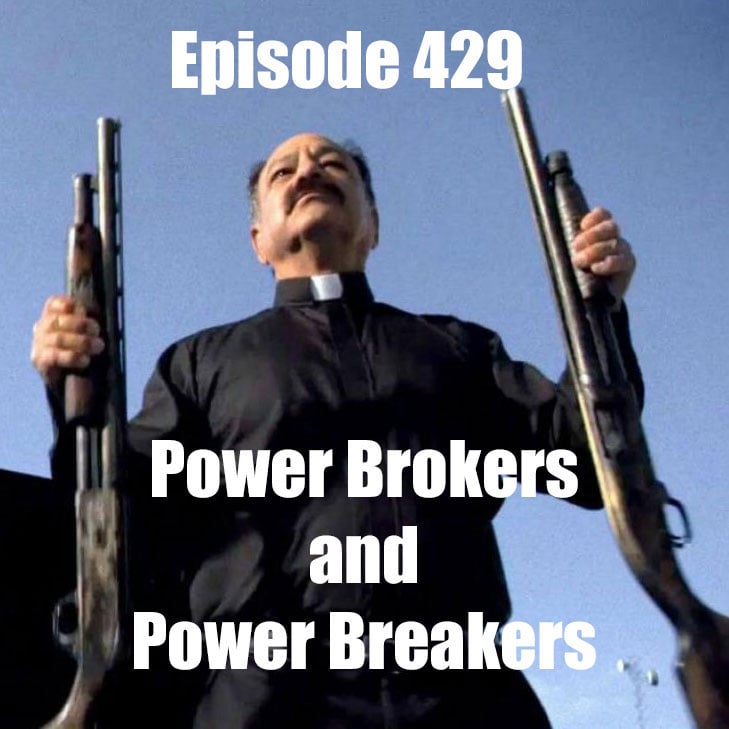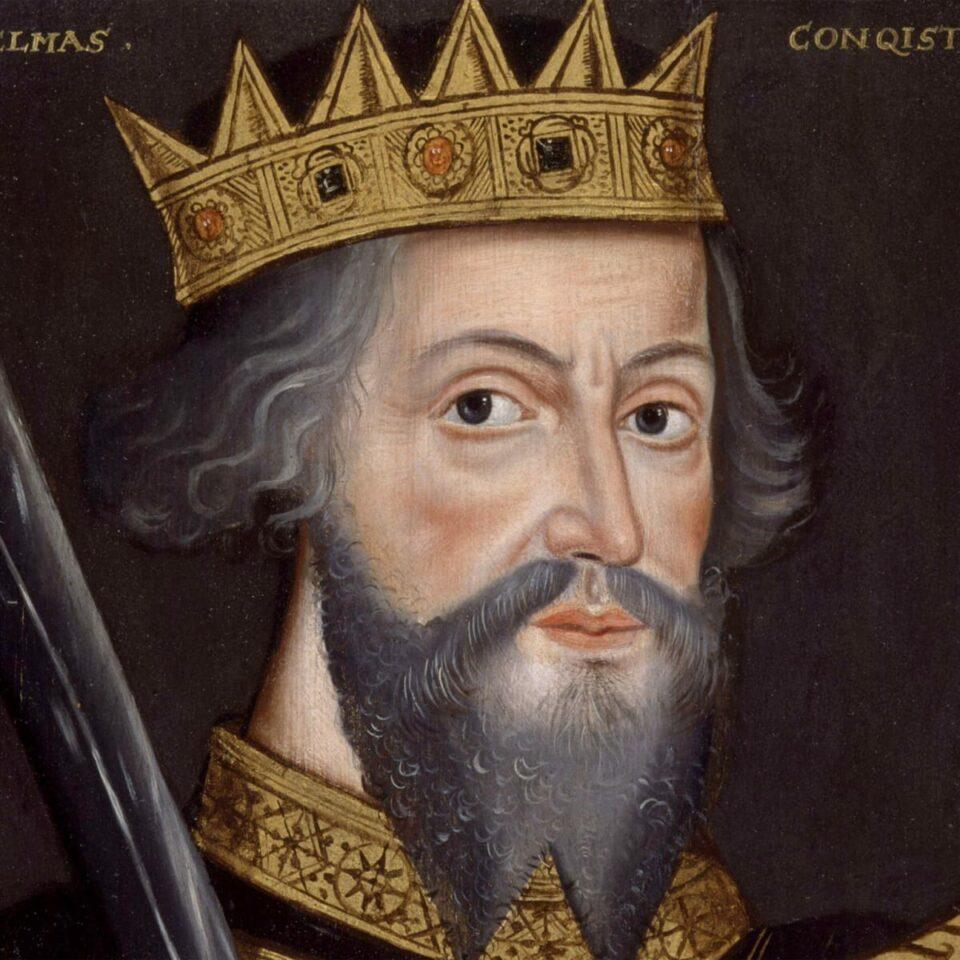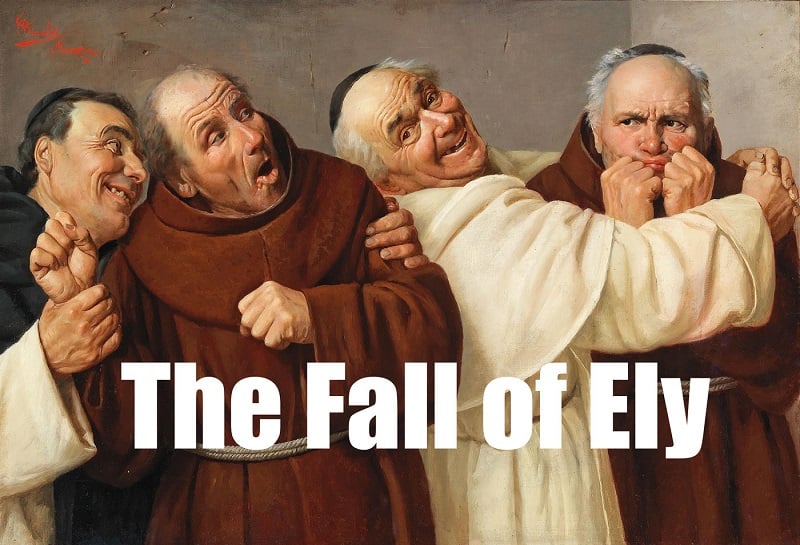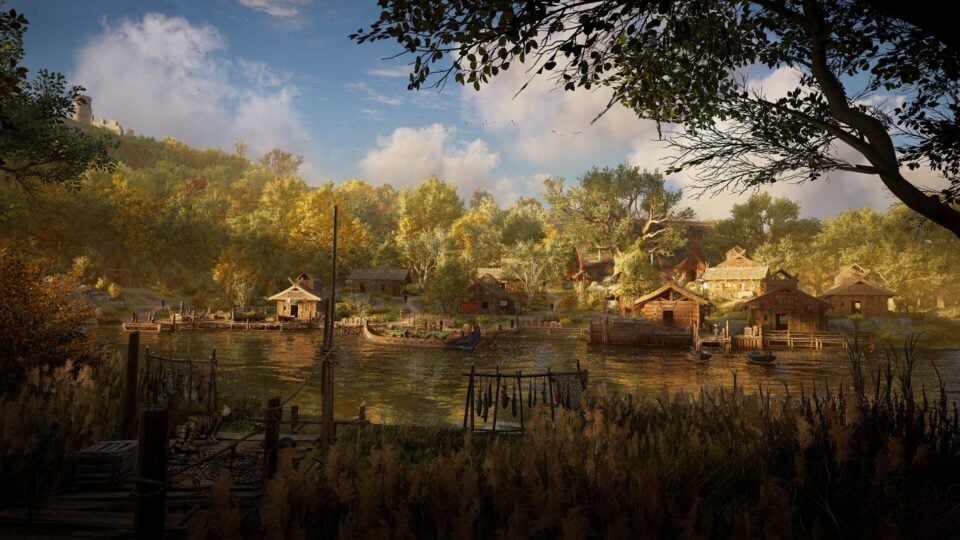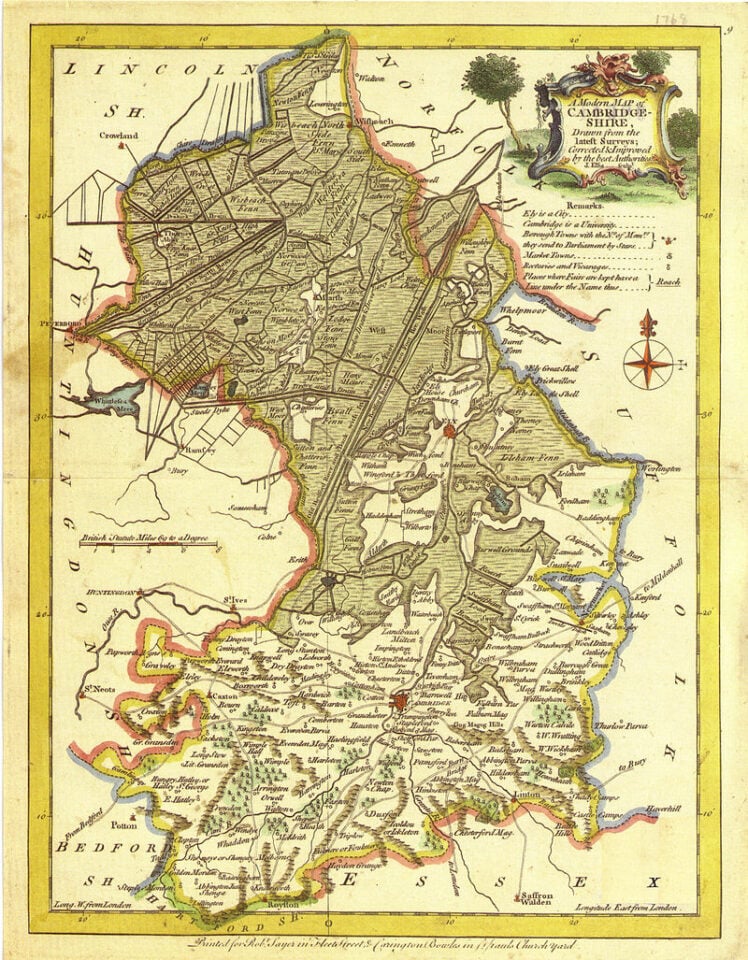Podcast: Play in new window | Download
In 1072, the landscape of power in England and Normandy is tumultuous, with William’s conquest still facing resistance. King Malcolm III of Scotland, with ties to the English throne through his marriage to Margaret, sister of Edgar the Ætheling, poses a subtle threat to William. This period sees a blending of cultural and political norms across the channel, with significant changes within the church, particularly regarding clergy celibacy, marking the beginnings of a transformative era in medieval Europe. Amidst these shifts, the power dynamics and cultural hegemony are in flux, setting the stage for the future.
Rough Transcript:
To the North, in Scotland, reigned King Malcolm Canmore. We have been following his story for a long time now, and for good reason. After all, it literally intersects with the infamousMacbeth… But King Malcolm Canmore was and remains one of the most powerful, and longest reigning, Scottish Kings to date.

